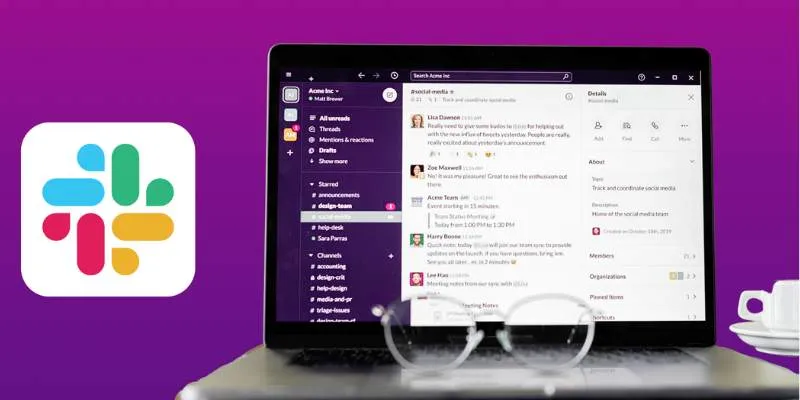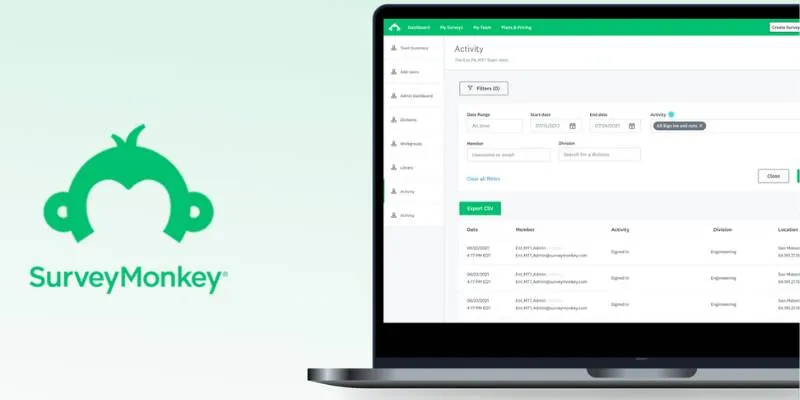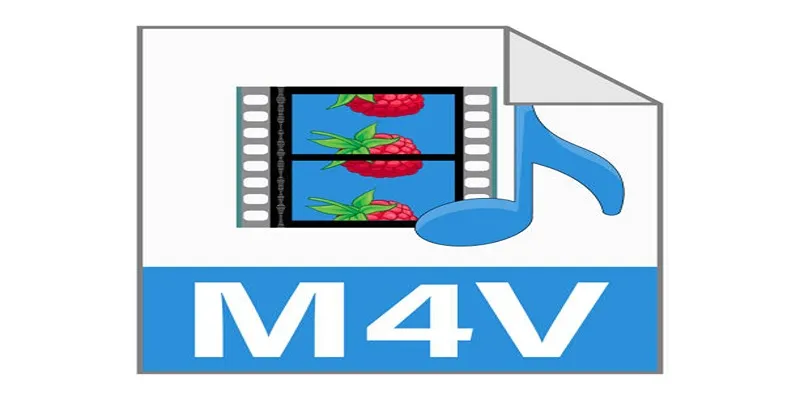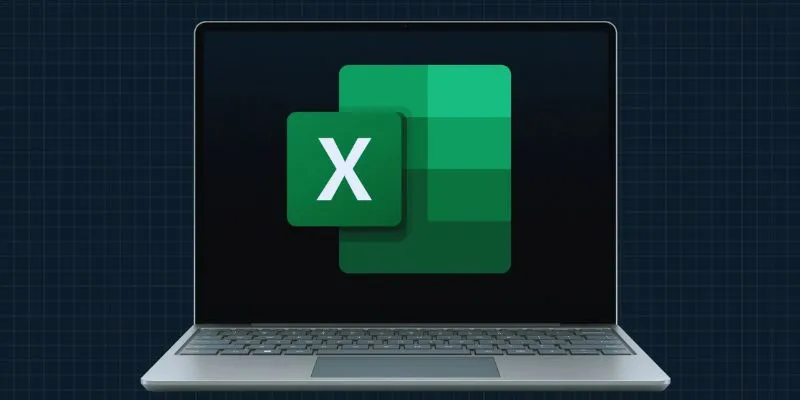5 Best Deployment Automation Tools That Actually Work
Manual deployment is one of those tasks that seems straightforward until you’re deep in versioning issues, downtime windows, or surprise bugs that didn’t appear during testing. That’s where deployment automation comes into play. By using the right tools, teams can bypass repetitive steps and deploy consistently across environments. However, not all tools perform equally. Some are designed for cloud-native systems, while others are more adaptable, supporting on-premises or hybrid models. Here’s a closer look at five of the best deployment automation tools that developers, sysadmins, and DevOps teams actually use — and why they consistently return to them.
5 Best Deployment Automation Tools
Jenkins
Jenkins is often the first name that comes to mind when discussing automation in deployment. It’s open-source, supports a vast array of plugins, and is compatible with nearly every language or framework. While Jenkins isn’t strictly a deployment tool — it’s a continuous integration system — it can handle full deployments when configured correctly.

You can set up pipelines through its UI or by using a Jenkinsfile, where each stage (build, test, deploy) is defined as code. This flexibility is one of its greatest strengths. Teams can create numerous jobs, chain them, set triggers based on Git commits, or schedule builds. The trade-off is that Jenkins requires a bit more maintenance.
GitHub Actions
For teams already using GitHub, GitHub Actions simplifies automation by being integrated where the code resides. It lets you define workflows using YAML files stored in your repository. You can set up triggers for various events, such as a push or pull request, and define subsequent actions — like running tests, building containers, or deploying to a server or cloud provider. One significant benefit is its tight integration with GitHub’s environment.
You don’t need another server to manage CI/CD. The marketplace offers numerous pre-built actions (like uploading to AWS S3, deploying to Kubernetes, or sending Slack messages), so you don’t have to write everything from scratch. While ideal for smaller to mid-size projects, larger systems can also leverage its scalability through GitHub-hosted or self-hosted runners.
Octopus Deploy
Octopus Deploy is specifically designed for deployment automation, and it excels in this area. It focuses purely on managing releases, deploying applications, and handling configuration for different environments. It supports .NET, Java, Node.js, and many other platforms. A standout feature is its “lifecycles” concept, where you define the environments a release must pass through (like Dev → Staging → Production).
It also enables you to promote releases between environments, secure secrets through variable scopes, and clearly visualize the entire deployment pipeline. Octopus is used alongside build servers like TeamCity, Jenkins, or Azure DevOps for a more modular approach. Its UI is clean and straightforward, and it can be deployed both in the cloud and self-hosted.
GitLab CI/CD
GitLab CI/CD is integrated into GitLab itself, simplifying processes since you don’t need to combine separate tools. Everything from source code to issue tracking to pipelines is built-in. Pipelines are defined in a .gitlab-ci.yml file at the repository’s root, supporting multiple stages like build, test, deploy, and even manual approval gates. You can use GitLab Runners, which are agents executing pipeline jobs, and these can be shared across multiple projects.
Deployment targets include Kubernetes clusters, traditional servers via SSH, or cloud platforms like AWS and GCP. For projects already hosted on GitLab, this is one of the most straightforward ways to implement automated deployment. It also provides a clear visual representation of the pipeline, making it easier to track progress and diagnose failures.
AWS CodeDeploy
For teams heavily invested in the AWS ecosystem, AWS CodeDeploy is a smart choice. It automates code deployments to EC2 instances, Lambda functions, or on-prem servers. CodeDeploy operates using an AppSpec file, a YAML or JSON file where you define hooks and scripts to run at various lifecycle events (like BeforeInstall, AfterInstall, and ApplicationStart).

You upload your application package to S3 or push it through CodePipeline, and CodeDeploy handles the rest. It integrates well with other AWS tools like CloudWatch (for monitoring), IAM (for access control), and SNS (for notifications).
How to Set Up Deployment with GitHub Actions
If you’re seeking a practical starting point, GitHub Actions is one of the easiest ways to begin deployment automation. Here’s how a basic web app deployment could work using GitHub Actions:
First, create a YAML file in .github/workflows/deploy.yml. Inside this file, define the trigger (like pushing to the main branch), the environment, and the steps to run. A simple example of deploying a Node.js app to an Ubuntu server via SSH might look like this:
yaml name: Deploy Node App on: push: branches: [ "main" ] jobs: deploy: runs-on: ubuntu-latest steps: \- name: Checkout code uses: actions/checkout@v3 \- name: Set up Node.js uses: actions/setup-node@v3 with: node-version: '16' \- name: Install dependencies run: npm install \- name: Build the project run: npm run build \- name: Deploy via SSH uses: appleboy/[email protected] with: host: ${{ secrets.SERVER_IP }} username: ${{ secrets.USERNAME }} key: ${{ secrets.SSH_KEY }} script: | cd /var/www/myapp git pull origin main npm install pm2 restart all
This workflow checks out the code, sets up the environment, builds the project, and runs an SSH script that connects to your server and deploys the latest version. Sensitive data like SSH keys are stored in GitHub Secrets to maintain security. With this setup, every push to the main branch triggers an automatic deployment — eliminating manual steps.
Closing Thoughts
Choosing the right deployment automation tool depends on your team’s setup and needs. Jenkins offers flexibility, GitHub Actions is perfect for GitHub users, and Octopus provides structure for complex deployments. GitLab CI/CD is ideal if you’re already on GitLab, AWS CodeDeploy suits AWS workflows, and Spinnaker is great for larger, multi-cloud systems. Each tool has its strengths, so select based on what fits your environment and workflow best. With a reliable tool in place, deployment becomes faster, more consistent, and less stressful — leading to fewer surprises and more time to focus on development.
Related Articles

Top 10 Slack Automation Ideas to Boost Workflow Efficiency

Your Guide to Facebook Automation: Save Time & Boost Engagement

Discover 8 SurveyMonkey Automation Ideas to Boost Efficiency

Real Work, Less Effort: The Power of Web Scraping and Automation Tools

Top 5 Ways to Automate Google Analytics for Better Efficiency

How to Connect Google Calendar with Your Business Apps: 7 Best Practices

Top 5 Audio Editing Software and Apps for Mac and Windows in 2025

HubSpot vs. Zoho CRM: Which One Fits You Best in 2025?

Easily Extract Key Data from Emails Using Parsio

Discover the 8 Best Document Management Tools of 2025

Discover the Top 8 Screen Recording Software in 2025

How to Use JustCall and ChatGPT for Smarter Customer Service?
Popular Articles

Best Audio Editors for Video on Windows: 10 Picks for 2025

Learning Management System Comparison Made Easier: Top 5 Picks for 2025

Top Online Graphic Design Tools for 2025: Canva, Figma, and More

7 Best GIF Loopers to Seamlessly Repeat Your Favorite Moments

Top Food Community Apps for Recipe Sharing

Best PIM Software for Managing Product Information

Top DAT to DIVX Converters for Windows and Mac Users

The 8 Best Agile Project Management Software Tools for Streamlined Workflow

Best Tools and Methods to Convert M4V to AVI

Unlock the Power of Automation: 6 Ways to Automate Microsoft Excel

Streamline Your Workflow with These Powerful Social Media Platforms

 mww2
mww2